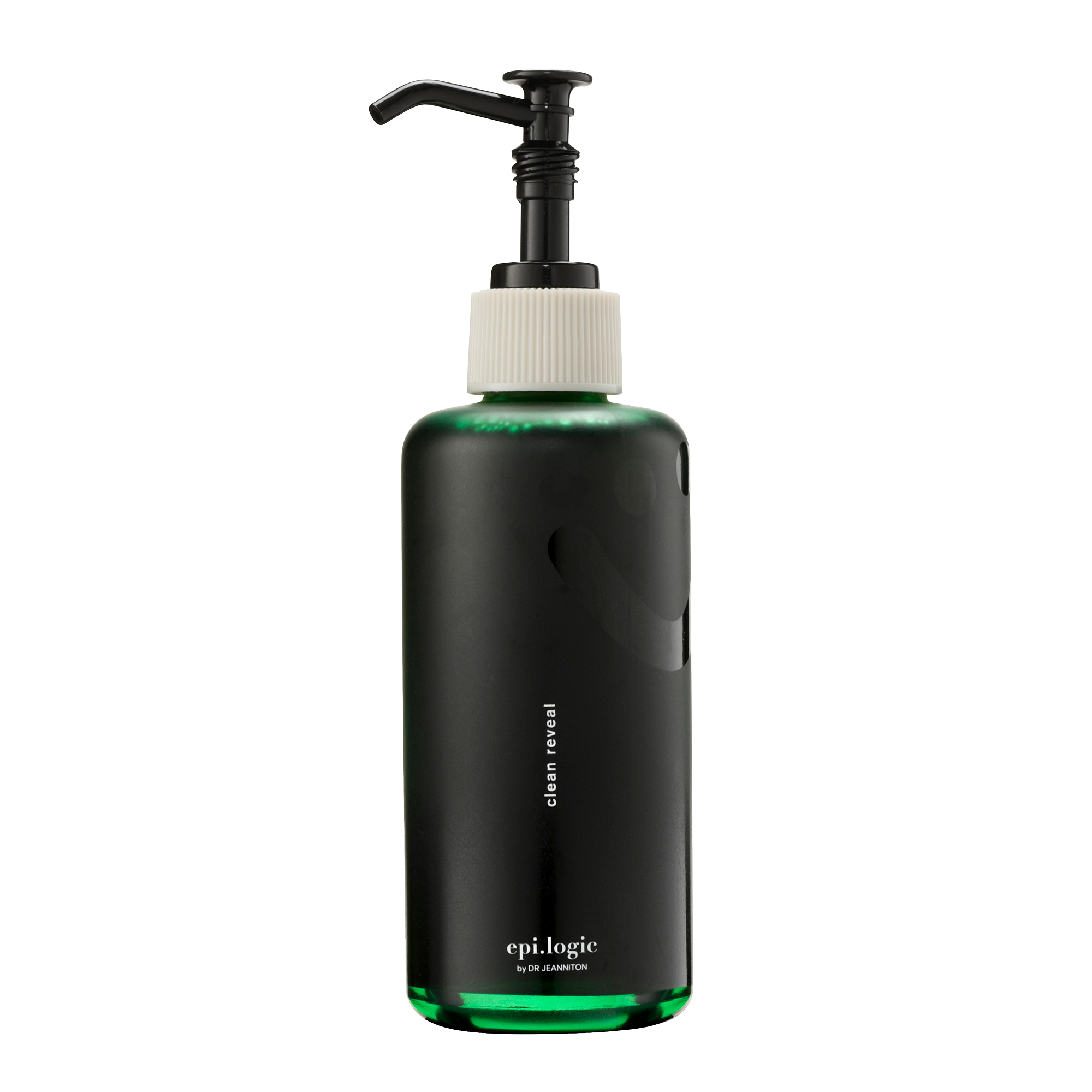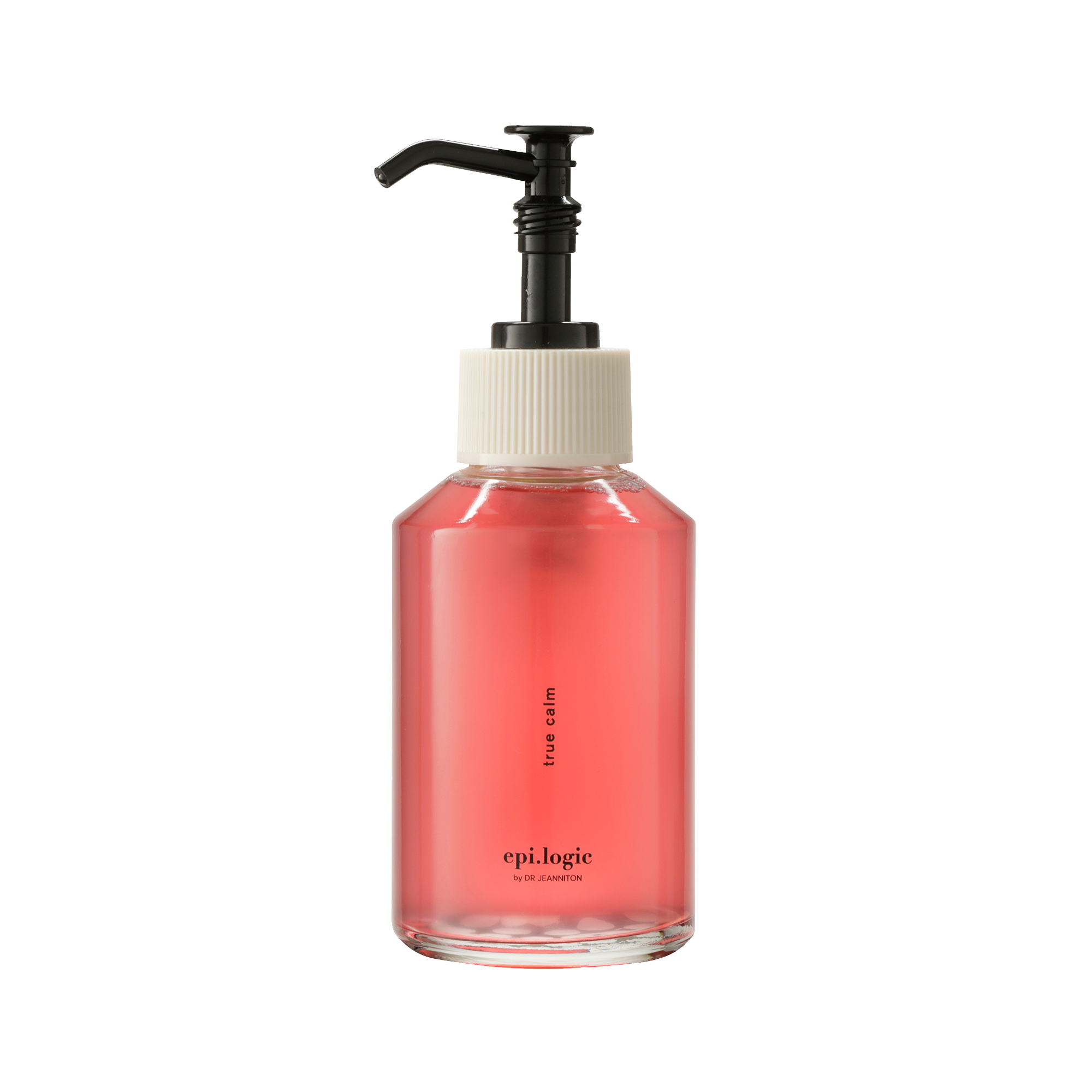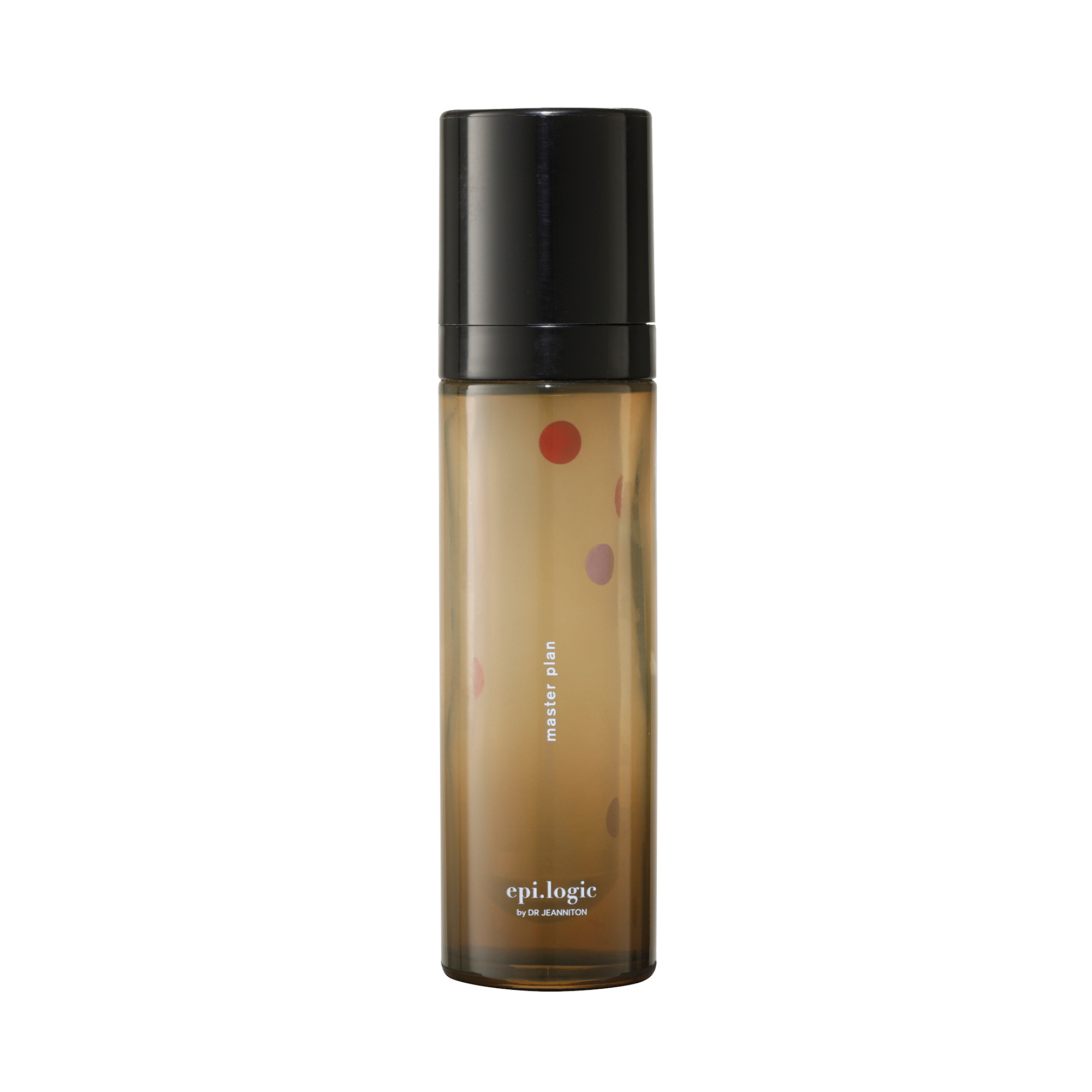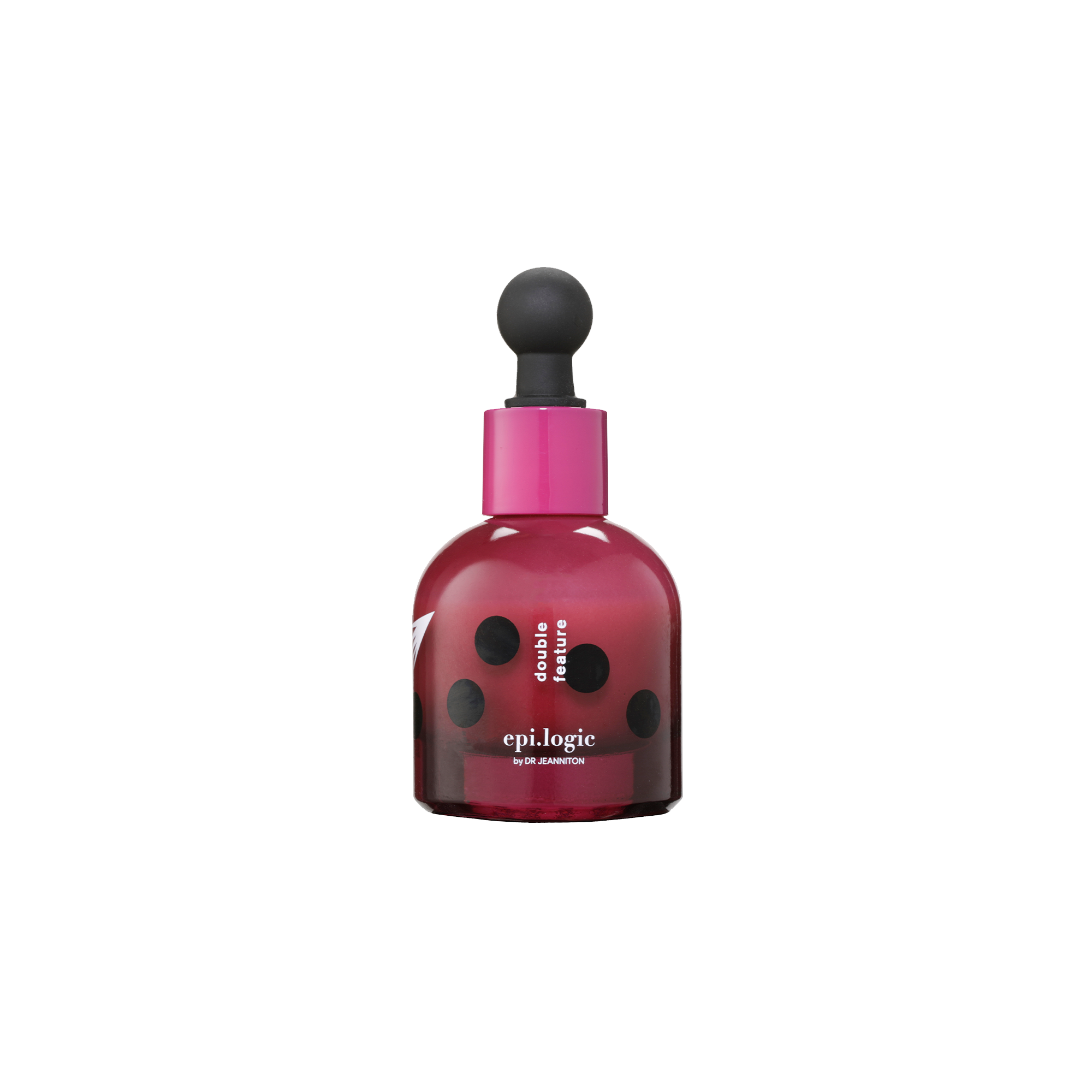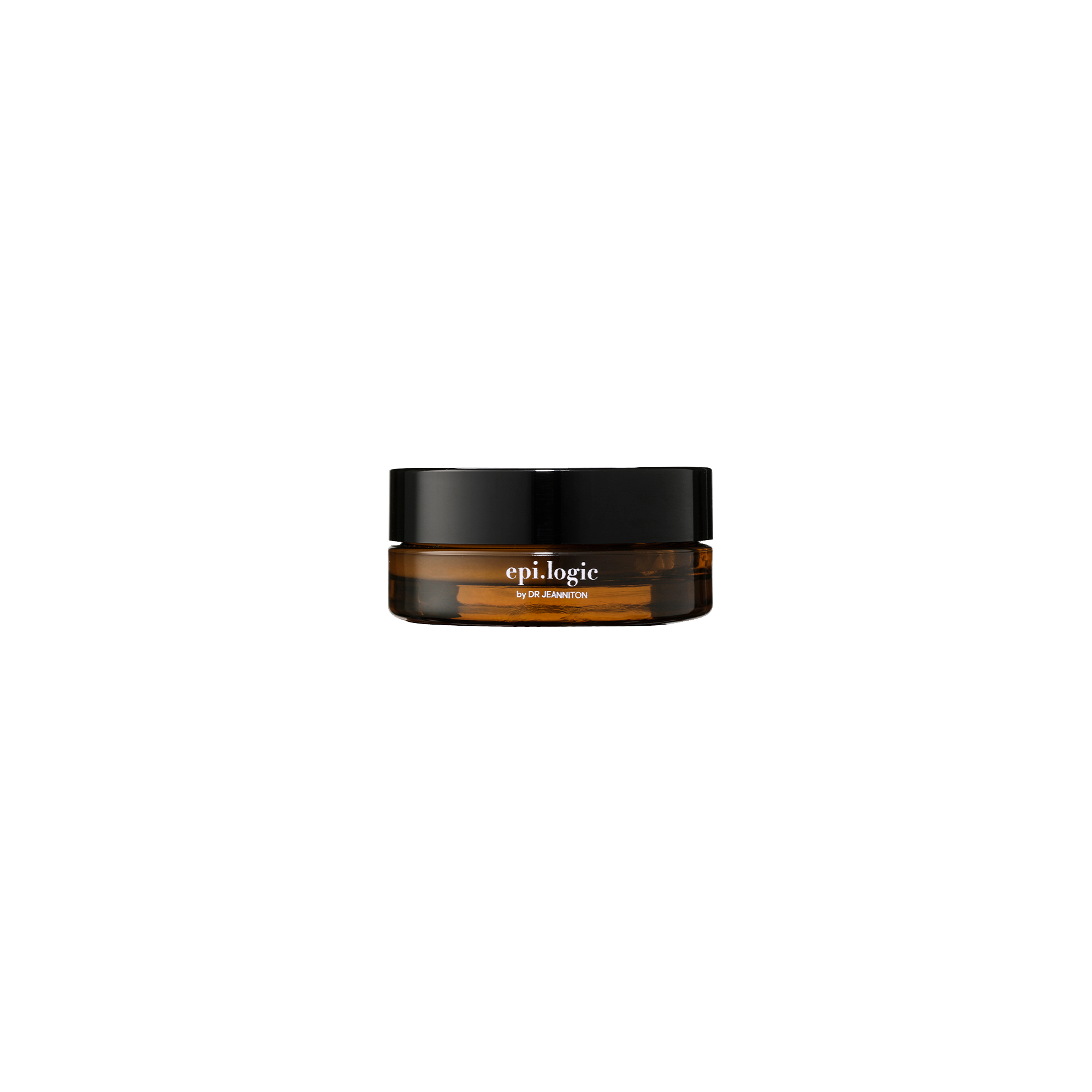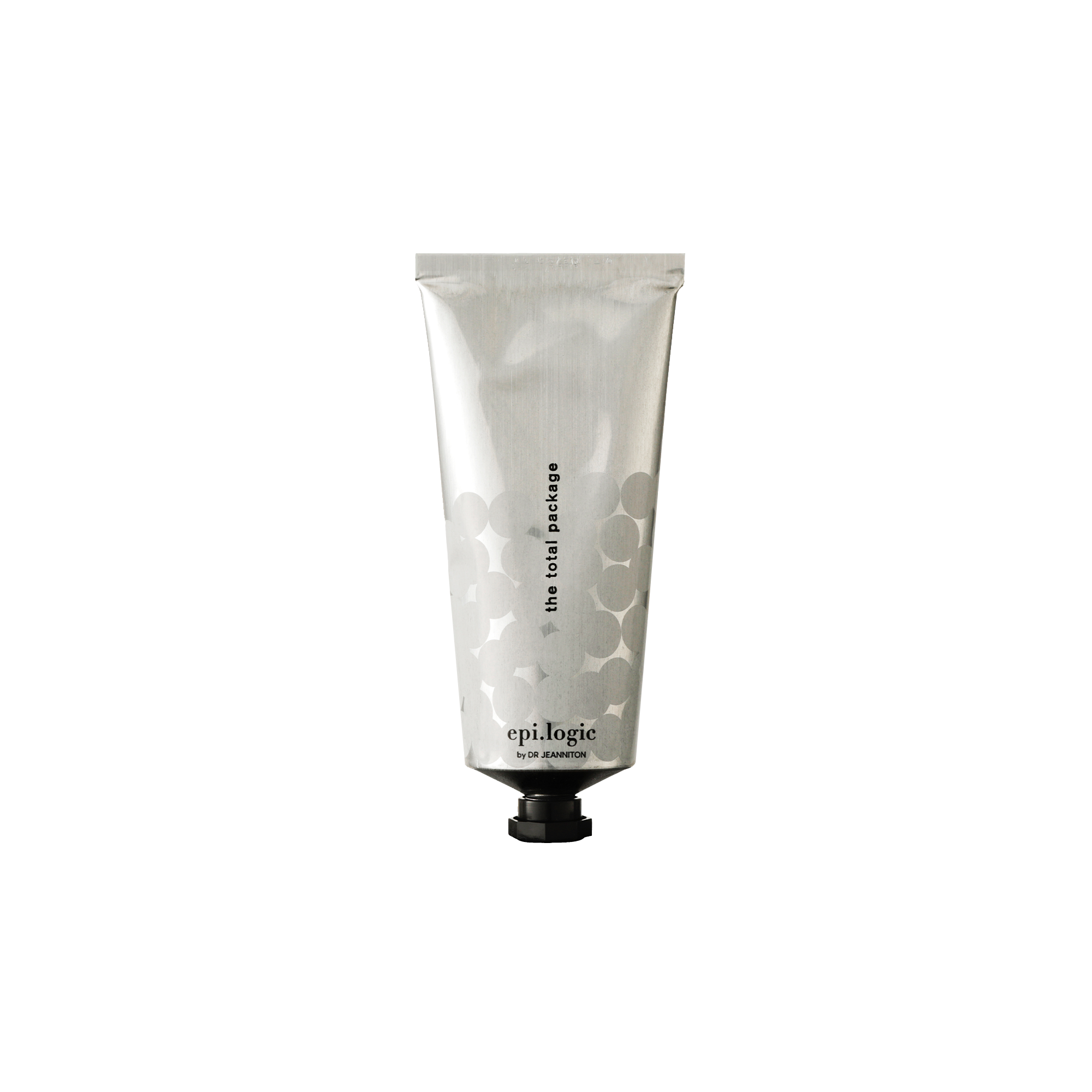Sun Exposure
Prolonged sun exposure over extended periods of time can cause sunspots, a.k.a. age spots or liver spots. In more mature skin, sunspots may be accompanied by skin with a rough, irregular texture. Sunspots can vary in size and color — they can be dark brown, gray or almost black, and they are usually flat but bigger than a freckle. They’re normally found on the hands, sides of the face, chest and neck, or any other part of the body that has gotten regular sun exposure.
Melasma
Melasma typically appears as symmetric, blotchy hyperpigmented patches on the face, usually at the cheeks, bridge of nose, forehead, chin and upper lip. Melasma is one of the harder types of hyperpigmentation to correct because it can affect the deep dermal layers of the skin. It predominantly affects women, as it is tied to hormonal levels of estrogen and progesterone. UV exposure and genetic predisposition seem to be the most significant factors in the development of melasma. Other related factors are pregnancy, use of oral contraceptives, endocrine disorders and hormonal treatments.
Post-Inflammatory Hyperpigmentation (PIH)
Long after an acne breakout or inflammation has healed, its effects may linger with red or brown spots known as post-inflammatory hyperpigmentation. PIH spots can be brown if the excess melaninis produced in the upper layers of skin or if your skin is naturallydark; red or pink if your skin is pale; or gray or blue if the extramelanin is deposited in the dermis. The moreinflamed the breakout — like cystic acne, pustules or red bumps — the darker the spot. The darker the spot, the longer it will typically take to heal.
While in-office treatments — ranging from laser resurfacing to chemical peels to microneedling — are typically the most effective way to target hyperpigmentation, I am a big proponent of supplementing these procedures with daily sunscreen use and a home regimen replete with targeted actives (e.g., arbutin, kojic acid, niacinamide and azelaic acid).
I’ve formulated the epi.logic Hyperpigmentation Rx set to take the guesswork out of this latter step.
As a foundation, I recommend establishing a daily regimen featuring a gentle cleanser, like True Calm, alternated with Clean Reveal, a deeply clarifying cleanser infused with 10% glycolic acid, which unglues dry, rough skin cells, revealing fresh, refined skin ready to absorb active ingredients.
Next,Vitamin C is essential, as it treats hyperpigmentation by inhibiting the enzyme tyrosinase, preventing melanin production. This results in a significant lifting of hyperpigmentation, without lightening surrounding skin. Daily Dose, epi.logic’s restorative, nutrient-rich Vitamin C serum, is designed specifically for this reason. In addition to a potent concentration of Vitamin C in the form of 15% L-ascorbic acid, it features niacinamide, a form of Vitamin B3, which helps fade hyperpigmentation by interfering with the transfer of pigment within the skin.
The third skincare pillar in treating hyperpigmentation is retinol, a derivative of Vitamin A. Not only does it speed up cell turnover to help disperse pigment, it can also inhibit melanin synthesis. Double Feature, epi.logic’s an all-in-one resurfacing serum, promotes healthy cell turnover, minimizes fine lines and boosts collagen production. It takes advantage of retinol’s pigment-busting effects and couples them with lactic acid to help fade spots and gently loosen the bonds between epidermal cells to exfoliate the skin’s surface.
Last but certainly not least … Daily sunscreen application is easily the most important step in preventing and treating hyperpigmentation. Sunscreen should be broad-spectrum, meaning it blocks both UVA and UVB rays, with an SPF of 30 or higher. I’m yet to formulate my own, but Elta MD UV Clear, Supergoop Unseen Sunscreen and Black Girl Sunscreen are a few of my current favorites.
Finally, it’s important to remember that a slow and steady approach is paramount when treating hyperpigmentation, especially in skin of color. Given that inflammation and irritation are causes of hyperpigmentation, it is important to avoid sensitizing the skin with treatments that may exacerbate the condition.

